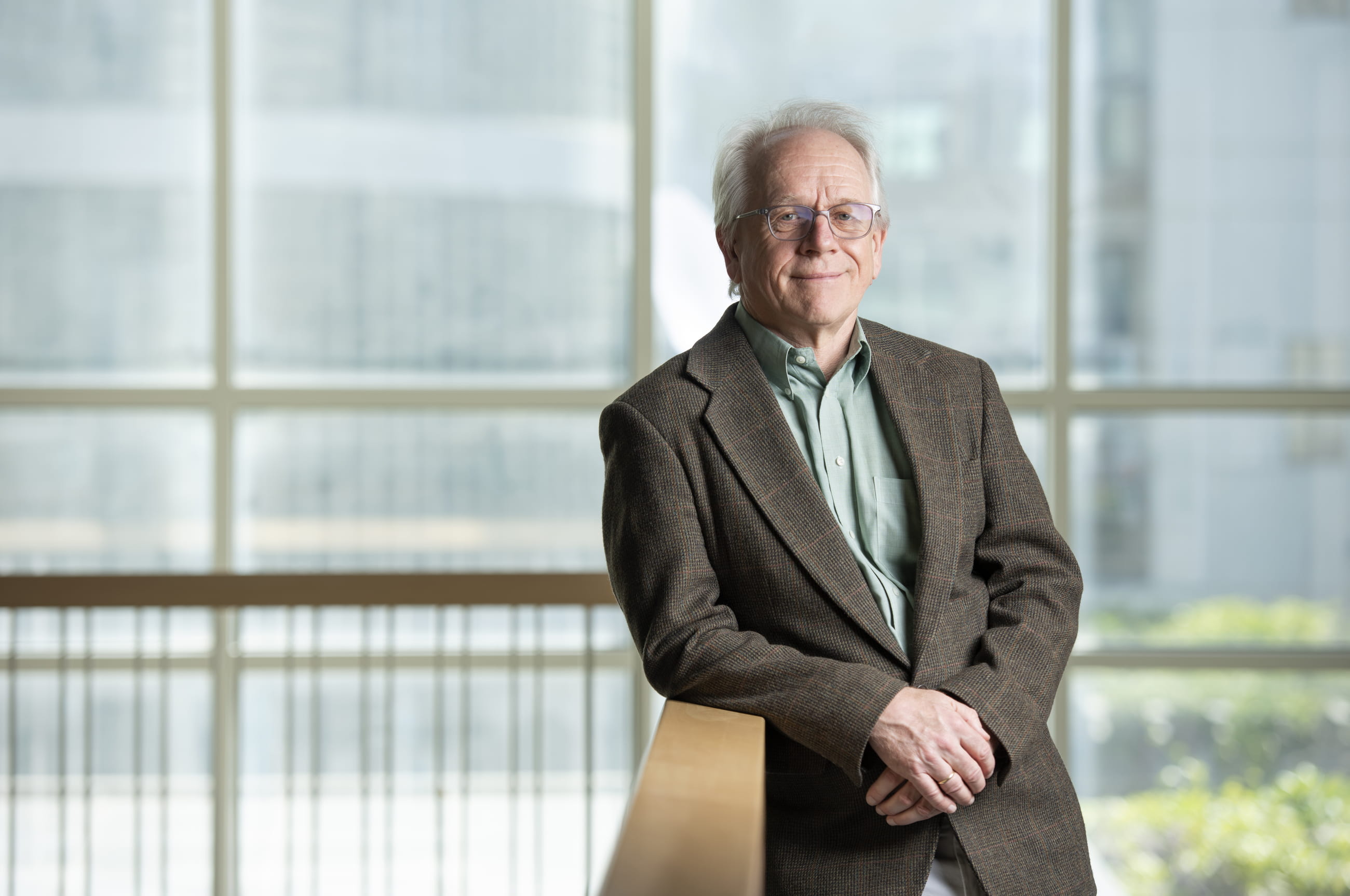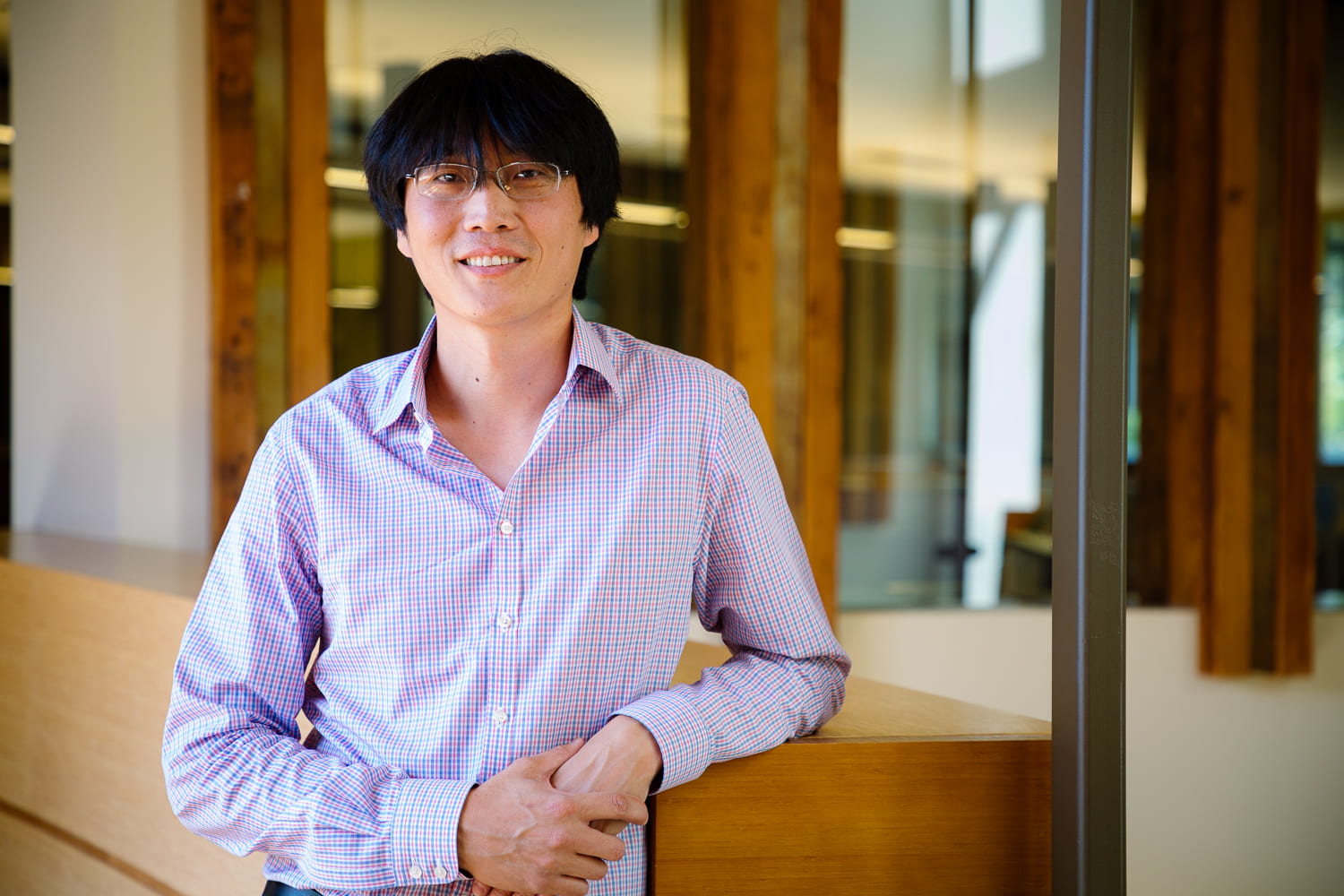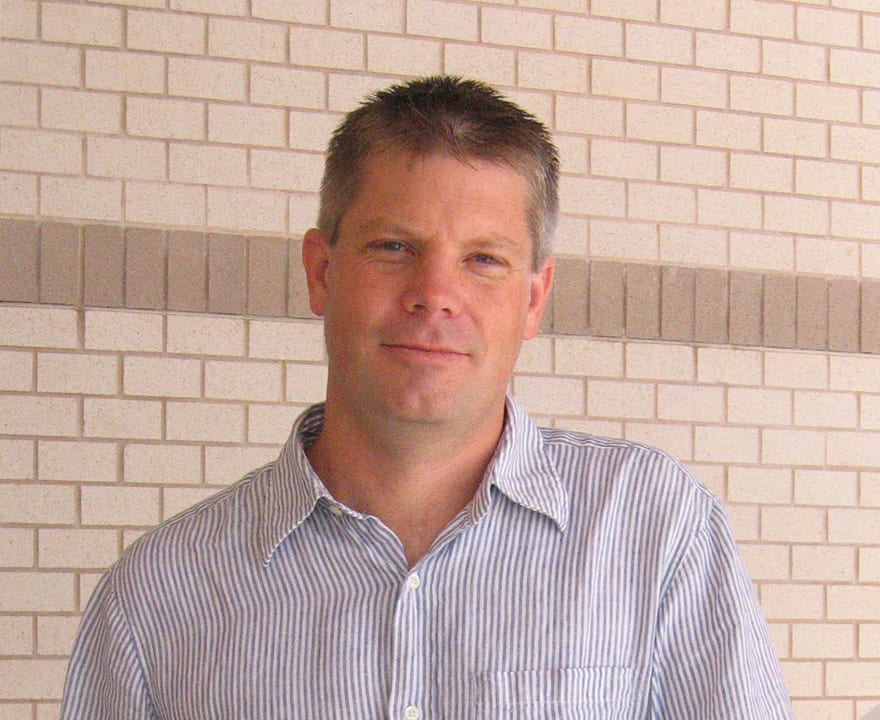UCI to establish skin biology, diseases resource center with $4 million NIH award
Grant will accelerate, enhance the effectiveness of basic, translational and clinical research

Irvine, Calif., April 22, 2019 — With nearly $4 million in funding from the National Institute of Arthritis & Musculoskeletal & Skin Diseases, the University of California, Irvine will establish the UCI Skin Biology Resource-based Center.
One of only six such sites in the nation, it will provide critical research infrastructure, shared facilities, services and resources to groups of investigators studying skin biology and diseases.
The establishment of core resources in genomics-bioinformatics, imaging and systems biology will promote cross-fertilization among multiple disciplines, fostering an innovative, integrated approach to regulatory mechanisms in skin biology and diseases. The overall aim is to accelerate and enhance the effectiveness of ongoing basic, translational and clinical skin research.

The grant’s principal investigator, Dr. Bogi Andersen, professor of medicine and biological chemistry in the School of Medicine, will direct the center. Dr. Arthur Lander, the Donald Bren Professor of Developmental & Cell Biology in the School of Biological Sciences, will be associate director. Suzanne Sandmeyer, Ph.D., vice dean for research in the School of Medicine; Enrico Gratton, Ph.D., professor of biomedical engineering in The Henry Samueli School of Engineering; Xing Dai, Ph.D., professor of biological chemistry in the School of Medicine; and Dr. Anand Ganesan, Ph.D., associate professor of dermatology and biological chemistry in the School of Medicine, will also serve in leadership roles.
“The research in this center will focus on regulatory mechanisms in skin biology, including in epidermal stem cells, epidermal differentiation, pigment cells and skin vascular biology,” Andersen said. “Our goal is to discover fundamental mechanisms that may ultimately become important in improving the understanding and treatment of skin diseases.”
The UCI Skin Biology Resource-based Center reflects interdisciplinary collaboration among scientists from five schools across the UCI campus – physical sciences, information & computer sciences, biological sciences, engineering and medicine – along with several individual departments, centers and institutes, such as the Sue & Bill Gross Stem Cell Research Center, the Institute for Clinical & Translational Science, the NSF-Simons Center for Multiscale Cell Fate Research, the Center for Complex Biological Systems, the Chao Family Comprehensive Cancer Center, and the Cancer Research Institute.
The grant is being provided through the National Institutes of Health’s P30 program, which is designed to support shared resources and facilities for research by multiple investigators from different fields. Andersen noted that receiving UCI Office of Research seed funding – intended to help interdisciplinary teams compete for extramural funding – was one of the key factors that allowed his group to successfully vie for the award.
“Many units across our campus, including the Office of Research, are absolutely committed to enabling the success of this new resource center,” said Pramod P. Khargonekar, vice chancellor for research and Distinguished Professor of electrical engineering & computer science at UCI. “This center will have a major impact on a wide array of NIH-funded research programs and make a significant contribution to our institution’s long-range biomedical research goals of translating our basic science discoveries into diagnostics, therapeutics and treatments for a range of human disorders, including those that impact skin biology.”
According to the American Academy of Dermatology, common skin conditions such as acne, atopic dermatitis, hair loss, psoriasis and rosacea affect nearly 200 million people in the U.S. each year. In addition, chronic wounds are a major public health problem, especially in the aging population.
About the UCI School of Medicine: Each year, the UCI School of Medicine educates over 400 medical students, as well as 200 doctoral and master’s students. More than 600 residents and fellows are trained at UC Irvine Medical Center and affiliated institutions. The School of Medicine offers an M.D.; a dual M.D./Ph.D. medical scientist training program; and Ph.D.s and master’s degrees in anatomy & neurobiology, biomedical sciences, genetic counseling, epidemiology, environmental health sciences, pathology, pharmacology, physiology & biophysics, and translational sciences. Medical students also may pursue an M.D./MBA; an M.D./master’s in public health; or an M.D./master’s degree through one of three mission-based programs: Health Education to Advance Leaders in Integrative Medicine (HEAL-IM), Leadership Education to Advance Diversity – African, Black and Caribbean (LEAD-ABC) and the Program in Medical Education for the Latino Community (PRIME-LC). The UCI School of Medicine is accredited by the Liaison Committee on Medical Education and ranks among the top 50 nationwide for research. For more information, visit som.uci.edu.
About the University of California, Irvine: Founded in 1965, UCI is the youngest member of the prestigious Association of American Universities. The campus has produced three Nobel laureates and is known for its academic achievement, premier research, innovation and anteater mascot. Led by Chancellor Howard Gillman, UCI has more than 36,000 students and offers 222 degree programs. It’s located in one of the world’s safest and most economically vibrant communities and is Orange County’s second-largest employer, contributing $5 billion annually to the local economy. For more on UCI, visit www.uci.edu.
Media access: Radio programs/stations may, for a fee, use an on-campus ISDN line to interview UCI faculty and experts, subject to availability and university approval. For more UCI news, visit wp.communications.uci.edu. Additional resources for journalists may be found at communications.uci.edu/for-journalists.


